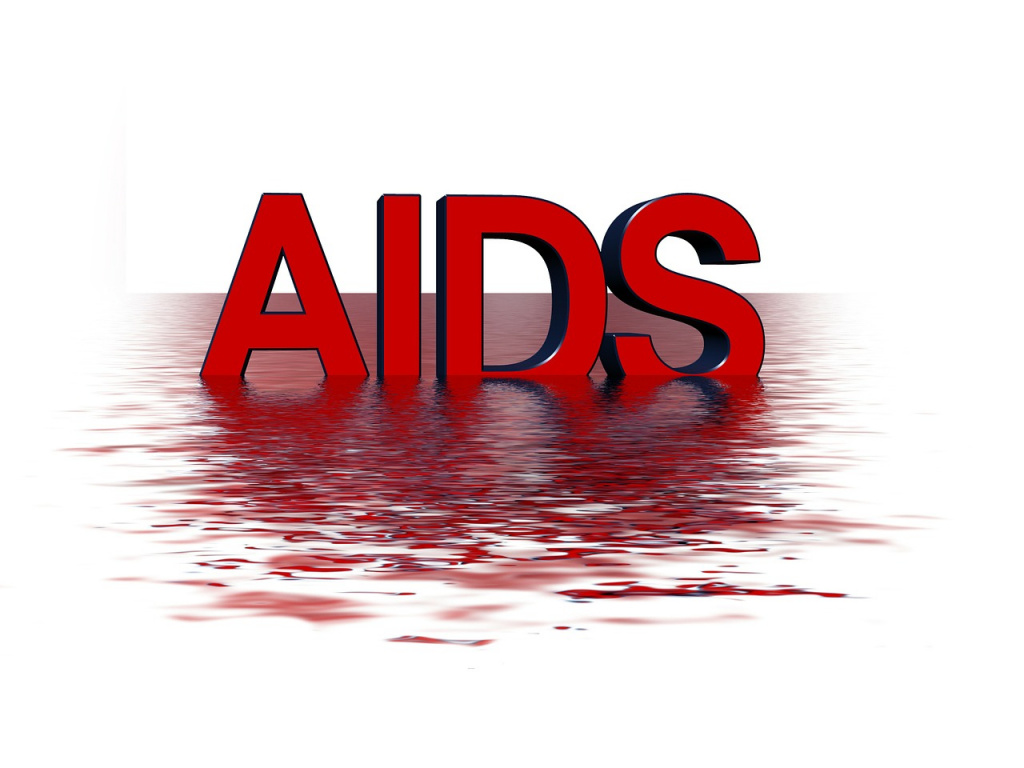In PLV (mechanical ventilation), oxygen - carrying fluids - is dripped through the lungs into the lungs of the patient. In this article I will describe how PL V is used today and how patients who receive it can be cared for. The currently preferred liquids are liquids with oxygen and carbon dioxide bearing properties (e.g. liquid oxygen, liquid carbon monoxide). Perflubron helps to open collapsed alveoli, increase gas exchange and improve lung conformity so that the ventilator can operate at the same level it reaches. This improved conformity allows ventilation with increased tidal volume, resulting in increased gas exchange and PFC fluids in the lungs, which can contribute to improved ventilation and mismatch of the perfusion. ...

Human immunodeficiency virus (HIV) is an
enveloped retrovirus that contains a single stranded single strand of
the human papillomavirus (HPV) virus family. Although it can be
classified as HIV 1 or HIV 2, the cause of this infectious disease is
the same as that of acquired immunoodsicidal syndrome (AIDS), which is a
final stage of HIV infection.
In 2016, 36.7 million people worldwide
were living with HIV / AIDS. Antiretroviral treatment can increase the
number of CD4 and change the status of a patient from an AIDS patient to
an HIV sufferer. Complications of HIV are acquired immunodeficiency
syndrome (ACS) and chronic obstructive pulmonary disease (COPD).
Doctors suspect that HIV-positive people
have opportunistic infections and low CD4 levels, and that this is due
to the presence of HIV in the blood or other bodily fluids.
After integration into the host genome,
the HIV provisional follows the transcription and production of viral
mRNAs. The viral surface fuses with the cell membrane, which allows
T-helper lymphocytes to enter, and HIV binds to CD4. Viruses that expel
from host cells can release millions of HIV particles that can then
infect other cells.
Infection with the human
immunodeficiency virus (HIV) was already documented in 1979, but a
primary infection occurs only in an HIV-infected person and not in the
host.
The risk group initially identified were
men who had sex with men and men with HIV - positive women as well as
men in the general population.
The human immunodeficiency virus (HIV)
can be transmitted to children through sexual contact or shared
intravenous needles. Field investigations and surveillance activities
have shown a significant increase in sexually related cases of HIV
transmission in children, implying the presence of the HIV-positive
virus in both heterosexual individuals and infants. Cases of
heterosexual persons - on infants - indicate that transmission occurs
through direct contact with the blood of an infected person or person
with HIV, as well as through the use of an injection.
This discussion will focus in particular
on the role of CD4 T lymphocyte immunodeficiency in the development of
HIV infections in children. HIV is the cause of a decline in CD-4-T
lymphocytes, which ultimately causes a person to contract the infection.
If the CD4 count is too low, the host immune system cannot ward off
opportunistic infections and malignant diseases.
If a patient is diagnosed with AIDS and
does not receive antiretroviral therapy, he will die of HIV infection
within a few months.
Patients should be educated about how
the virus is acquired and how it can be transmitted to others, and
education about CD4 levels is needed. Art can play a role in maintaining
the health of the patient and his family members, as well as the
community as a whole.
Patients should be alerted to
opportunistic infections, malignant tumours and comorbid diseases
occurring. The principles of therapy include the subsequent treatment
when the infection occurs, as well as prevention and treatment of the
disease.
Primary HIV infection is associated with
clinical symptoms in about 50% of cases, primarily mononucleosis
syndrome. This article presents the clinical characteristics of HIV
infections, most of which are associated with the severe
immunodeficiency associated with HIV / AIDS.
Tuberculosis, which occurs in people
infected with HIV, leads to severe complications such as pulmonary
embolism, pulmonary fibrosis and pulmonary edema.
Since the approval of AZT
(azidothymidine zidovudine) in 1987, progress in the treatment of HIV -
associated OI - has been a triumph of public health for developing
countries. This scientific progress has led to a significant reduction
in the number of people living with HIV and other forms of AIDS. Other
immunosuppressed individuals have benefited from progress in the
treatment of HIV-associated oI, such as those with chronic obstructive
pulmonary disease.
A key figure in the global response was
Dr. Michael Mann, an epidemiologist at the CDC, who served as the
founding director of Projet-SIDA and was appointed the first director of
the HIV / AIDS program in 1986, coining the term "AIDS exceptionalism."
Mann defined human rights and recognized the unequal vulnerability that
the worldwide spread of HIV-AIDS represents, as it does in many parts
of the world. Much has also been written about the need to address HIV
and AIDS as a human right compared to other sexually transmitted
infections.
For example, HIV testing requires
specific consent forms and advice, and the ability to share patient
names with health authorities for AIDS surveillance purposes has been
restricted. In addition to GRT, cardiovascular diseases are now being
investigated as a potential risk factor for the spread of HIV and AIDS.
However, the tests were often delayed,
did not make it to a medical examination, received antiretroviral
therapy or were often diagnosed with other diseases such as diabetes,
high blood pressure, heart disease and cancer. Distinguishing with whom a
patient is comorbid will help to understand what types of AIDS -
related diseases that they may experience - occur. With regard to HIV,
it is important for providers to know the patient's HIV status and risk
factors in order to better understand the general medical situation of
the patient.
Comments
Post a Comment